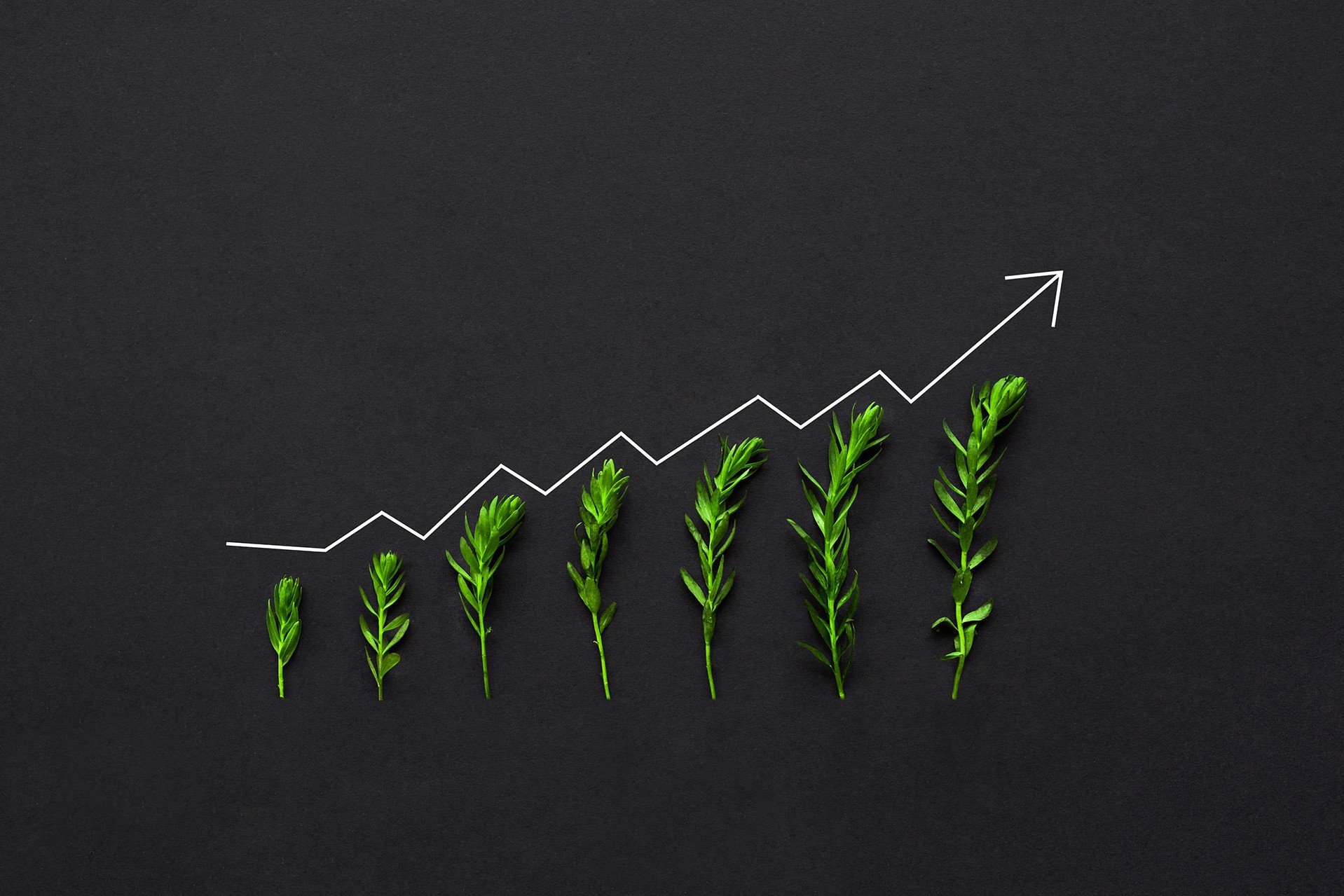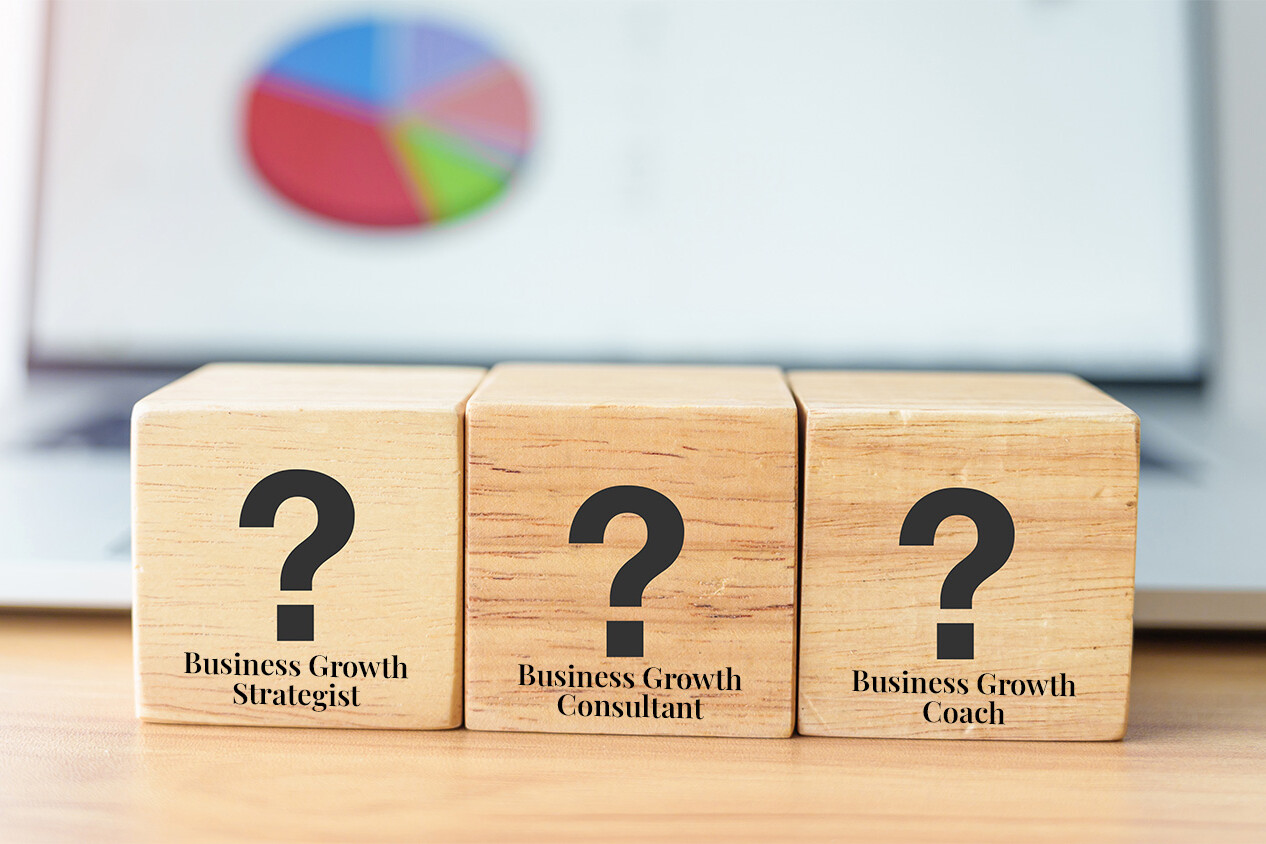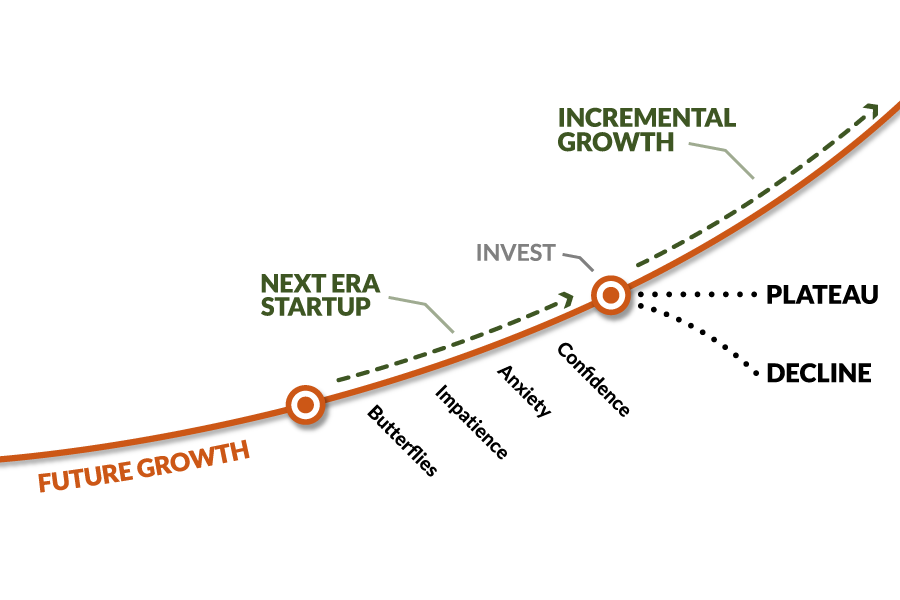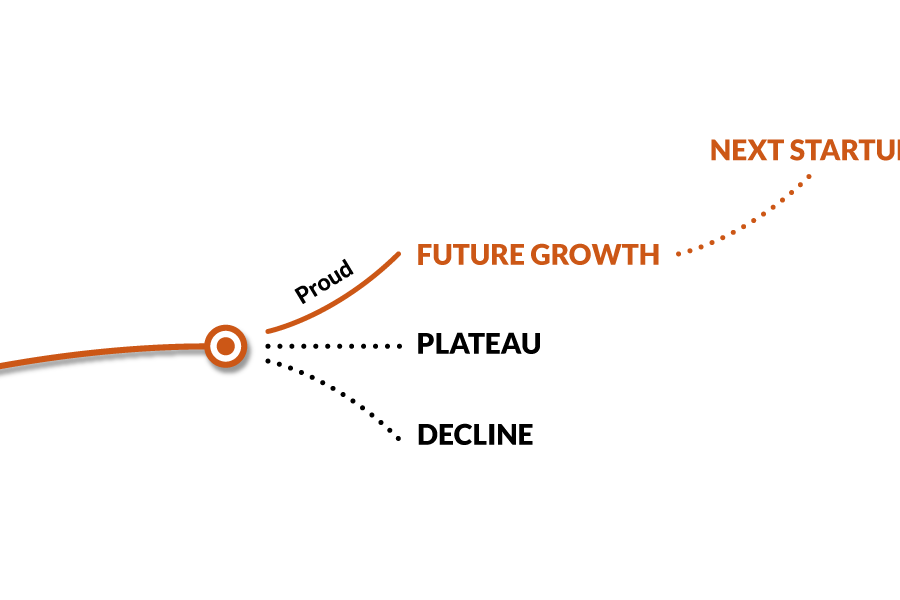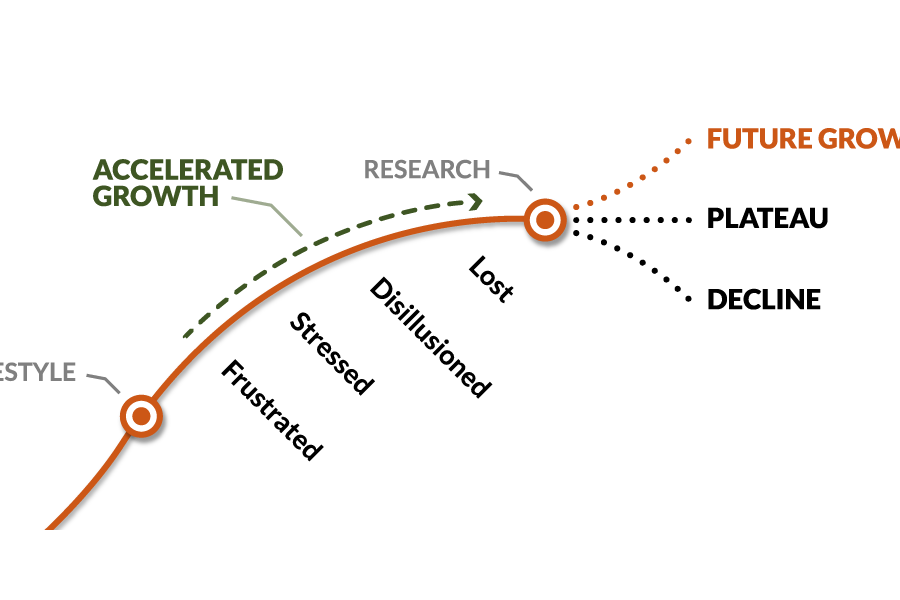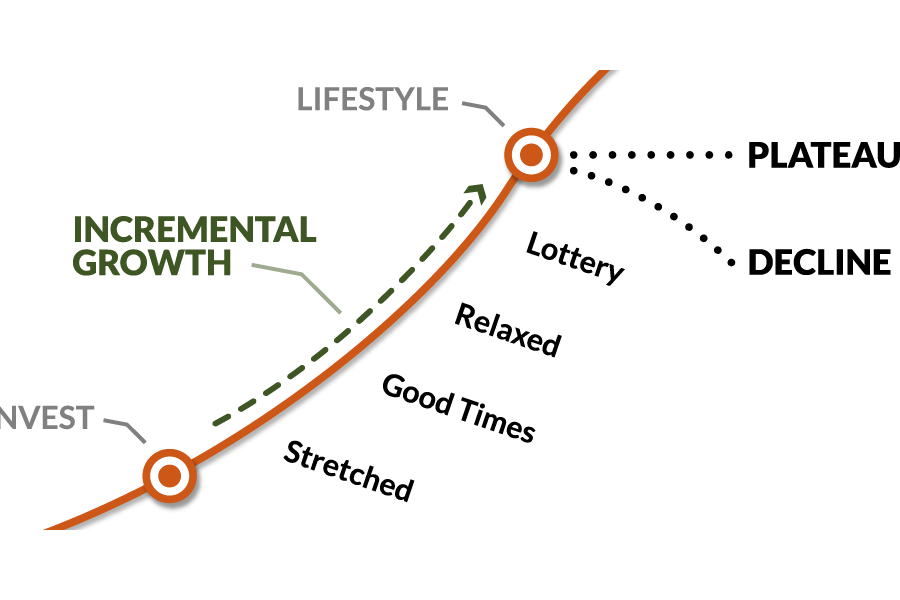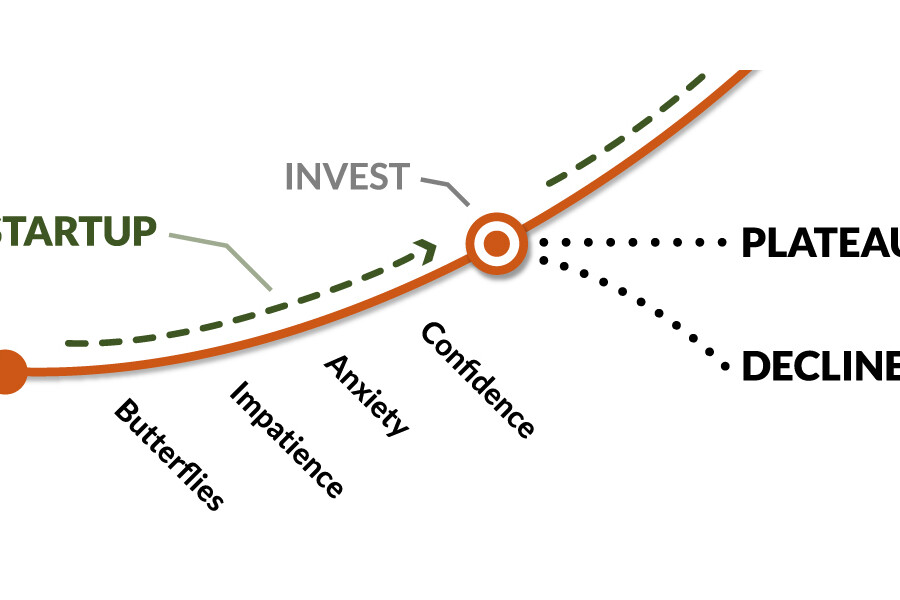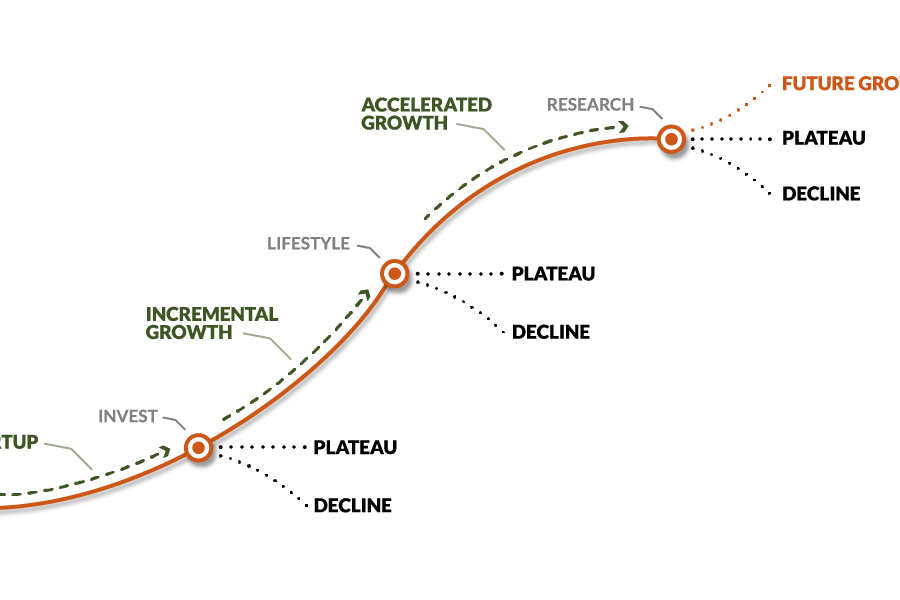Navigating the Path to Sustainable Business Growth
In a changing business world, leaders and owners must focus on sustainable growth. This is key for long-term success and survival.
Sustainable growth is not just about increasing revenues; it involves building a resilient foundation capable of withstanding market fluctuations, operational challenges, and competitive pressures.
Today, we will explore the key factors that help businesses grow sustainably. We will also identify the threats that can harm this growth.
Understanding Sustainable Business Growth
Sustainable business growth means a company can grow its operations, revenue, and market presence over the long term. This growth should match the company’s core values and vision. It must also balance the needs of stakeholders, like employees, customers, investors, and the environment.
Key Factors Supporting Sustainable Business Growth
1. Robust Financial Management
A solid financial foundation is critical for sustainable growth. This involves:
- Effective Cash Flow Management: Ensuring there are enough liquid assets to cover day-to-day operations.
- Prudent Capital Allocation: Making strategic investments that drive growth without overstretching resources.
- Cost Optimization: Continuously identifying opportunities to reduce waste and improve efficiency.
Example: A tech startup might initially focus on securing adequate venture capital but must eventually transition to generating consistent revenue streams to sustain growth.
2. Adaptive Business Strategy
An adaptive and dynamic business strategy can help a company respond effectively to market changes. This includes:
- Market Research and Analysis: Staying informed about industry trends and customer needs.
- Agility in Decision-Making: Quickly pivoting strategies based on data-driven insights.
- Continuous Improvement: Implementing feedback loops to constantly refine products, services, and processes.
Example: When Nokia shifted from a rubber footwear company to a telecommunications giant, it exemplified adaptive business strategy.
3. Strong Leadership and Management
Leaders play a pivotal role in shaping the company’s future. Effective leadership involves:
- Visionary Thinking: Setting a clear, inspiring vision for the future.
- Employee Empowerment: Building a skilled and motivated team by fostering a healthy corporate culture.
- Transparent Communication: Maintaining open channels of communication across all levels of the organization.
Example: The transformational leadership of Starbucks’ Howard Schultz helped the company navigate and thrive through numerous challenges.
4. Customer-Centric Approach
Commitment to customer satisfaction and loyalty can significantly impact long-term growth.
- Customer Feedback Mechanisms: Implementing systematic ways to gather and act on customer feedback.
- Exceptional Customer Service: Ensuring a memorable and positive experience at every touchpoint.
- Value Proposition Enhancement: Continuously improving the value offered to customers.
Example: Amazon’s relentless focus on customer satisfaction has been a key driver of its sustainable growth.
5. Technological Integration
Leveraging technology can enhance efficiency, innovation, and competitiveness.
- Automation: Streamlining operations to reduce costs and improve accuracy.
- Data Analytics: Making informed decisions based on data insights.
- Digital Transformation: Adapting processes and systems to align with modern technological advancements.
Example: Uber’s use of data analytics and mobile technology revolutionized the transportation industry.
Challenges Threatening Sustainable Business Growth
1. Market Volatility
Unpredictable market conditions can pose significant risks. Factors include:
- Economic Downturns: Recessions can lead to decreased consumer spending and tightened credit.
- Regulatory Changes: New laws and regulations can impact operational and financial dynamics.
- Competitive Pressures: Emerging competitors can disrupt market positions.
2. Operational Inefficiencies
Inefficiencies within the organization can hinder growth. These include:
- Inadequate Processes: Outdated or redundant processes that waste resources.
- Resource Mismanagement: Poor allocation of human, financial, and material resources.
- Quality Control Issues: Compromised product or service quality leading to customer dissatisfaction.
3. Lack of Innovation
Stagnation through a lack of innovation can render a business obsolete. Key aspects are:
- Resistance to Change: An unwillingness to adopt new ideas or technologies.
- Insufficient R&D Investment: Failing to invest in research and development can stifle innovation.
- Market Misalignment: Developing products or services that do not meet evolving market demands.
4. Cultural Disconnect
A misalignment between the company’s culture and its long-term objectives can be detrimental.
- Employee Disengagement: Lack of motivation and commitment among employees.
- Poor Leadership Practices: Leadership that fails to inspire, guide, and support the team.
- Inconsistent Company Values: An inability to uphold and promote the company’s core values.
The fall of Blockbuster happened partly because it would not adapt to digital streaming. This shows how a cultural disconnect and lack of innovation can threaten a company’s survival.
Conclusion
Achieving sustainable business growth requires a multifaceted approach, balancing strategic foresight with operational excellence, through a disciplined phased approach. Businesses can achieve long-term success by managing their finances well. They should have a flexible business strategy and strong leadership. A focus on customers is important, too.
Additionally, using technology can help build a solid foundation for growth. However, it’s equally important to be vigilant about potential threats, including market volatility, operational inefficiencies, a lack of innovation, and cultural disconnect.
For business owners and leaders, knowing these factors and challenges is the first step to achieving sustainable growth. Using smart strategies and anticipating market changes can help your business thrive. Your business can not only survive but also succeed in a changing world.
Remember, the goal is to build a business that grows steadily. It should also be sustainable over time. This way, it creates lasting value for everyone involved.




